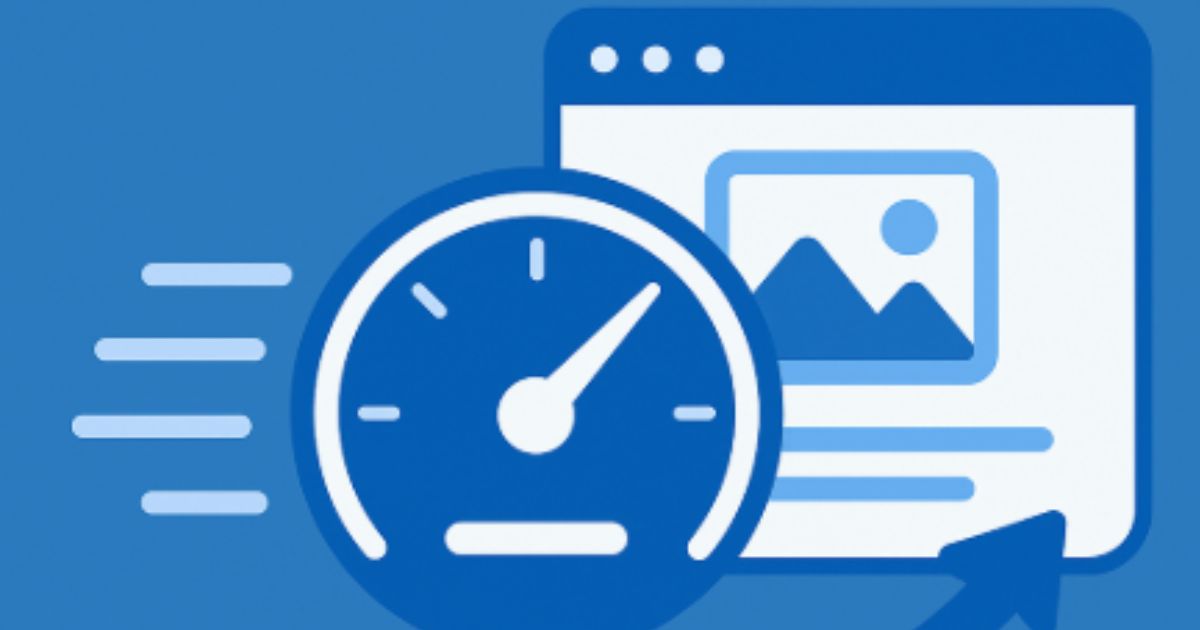Web Image Optimization: Speed Up Your Website
Website speed is crucial for user experience and SEO. One of the biggest factors affecting page load times is image size. In this guide, we'll show you how to optimize your images for the web without sacrificing quality.
Why Image Optimization Matters
Performance Impact
- Large images slow down your website
- Users expect pages to load in under 3 seconds
- Google considers page speed as a ranking factor
User Experience
- Faster loading = better user experience
- Reduced bounce rates
- Higher conversion rates
SEO Benefits
- Better Core Web Vitals scores
- Improved search engine rankings
- Better mobile experience
Image Format Guide
JPEG
- Best for: Photos with many colors
- Compression: Lossy
- File size: Medium to large
- Use when: You need good quality with reasonable file size
PNG
- Best for: Images with transparency
- Compression: Lossless
- File size: Large
- Use when: You need transparency or sharp edges
WebP
- Best for: Modern web browsers
- Compression: Both lossy and lossless
- File size: Smallest
- Use when: You want the best compression
Optimization Techniques
- Choose the Right Format: Use JPEG or WebP for photos, PNG for graphics
- Resize Images Properly: Don't upload images larger than needed
- Compress Without Losing Quality: Use tools like ImageTools to compress images
- Use Modern Formats: WebP offers 25-35% better compression than JPEG
Best Practices
Lazy Loading
Load images only when they're about to be visible:
<img src="image.jpg" loading="lazy" alt="Description">Responsive Images
Use different sizes for different devices:
<img
src="image-small.jpg"
srcset="image-small.jpg 480w, image-large.jpg 800w"
sizes="(max-width: 600px) 480px, 800px"
alt="Description"
>Proper Alt Text
Always include descriptive alt text for accessibility and SEO.
Tools for Image Optimization
- ImageTools: Free online compression and conversion
- TinyPNG: Popular compression tool
- Squoosh: Google's image optimization tool
Image Optimization Checklist
- Choose the right format (WebP > JPEG > PNG)
- Resize to actual display dimensions
- Compress without visible quality loss
- Add proper alt text
- Implement lazy loading
- Use responsive images
- Test on different devices
- Monitor Core Web Vitals
"A 1-second delay in page load time can result in a 7% reduction in conversions."
— Web Performance Expert
Measuring Success
Tools to Monitor Performance
- Google PageSpeed Insights: Free performance analysis
- GTmetrix: Detailed performance reports
- WebPageTest: Advanced testing options
Key Metrics to Track
- Largest Contentful Paint (LCP): Should be under 2.5s
- First Input Delay (FID): Should be under 100ms
- Cumulative Layout Shift (CLS): Should be under 0.1
Conclusion
Image optimization is a crucial part of web performance. By choosing the right formats, compressing properly, and following best practices, you can significantly improve your website's speed and user experience.
Start optimizing your images today with our free image compression tools and see the difference it makes!
